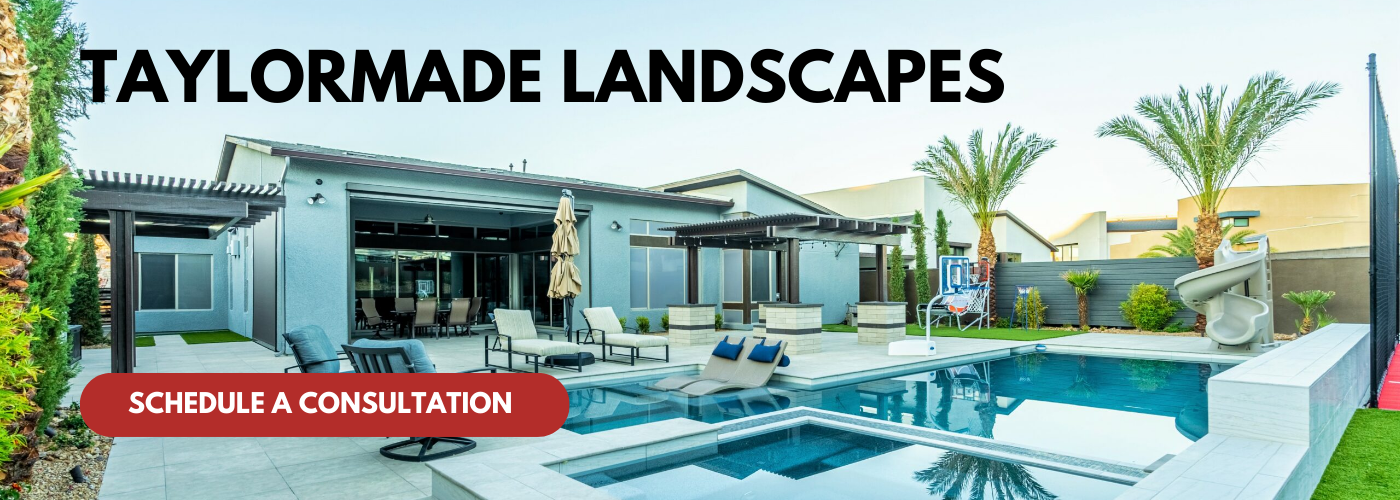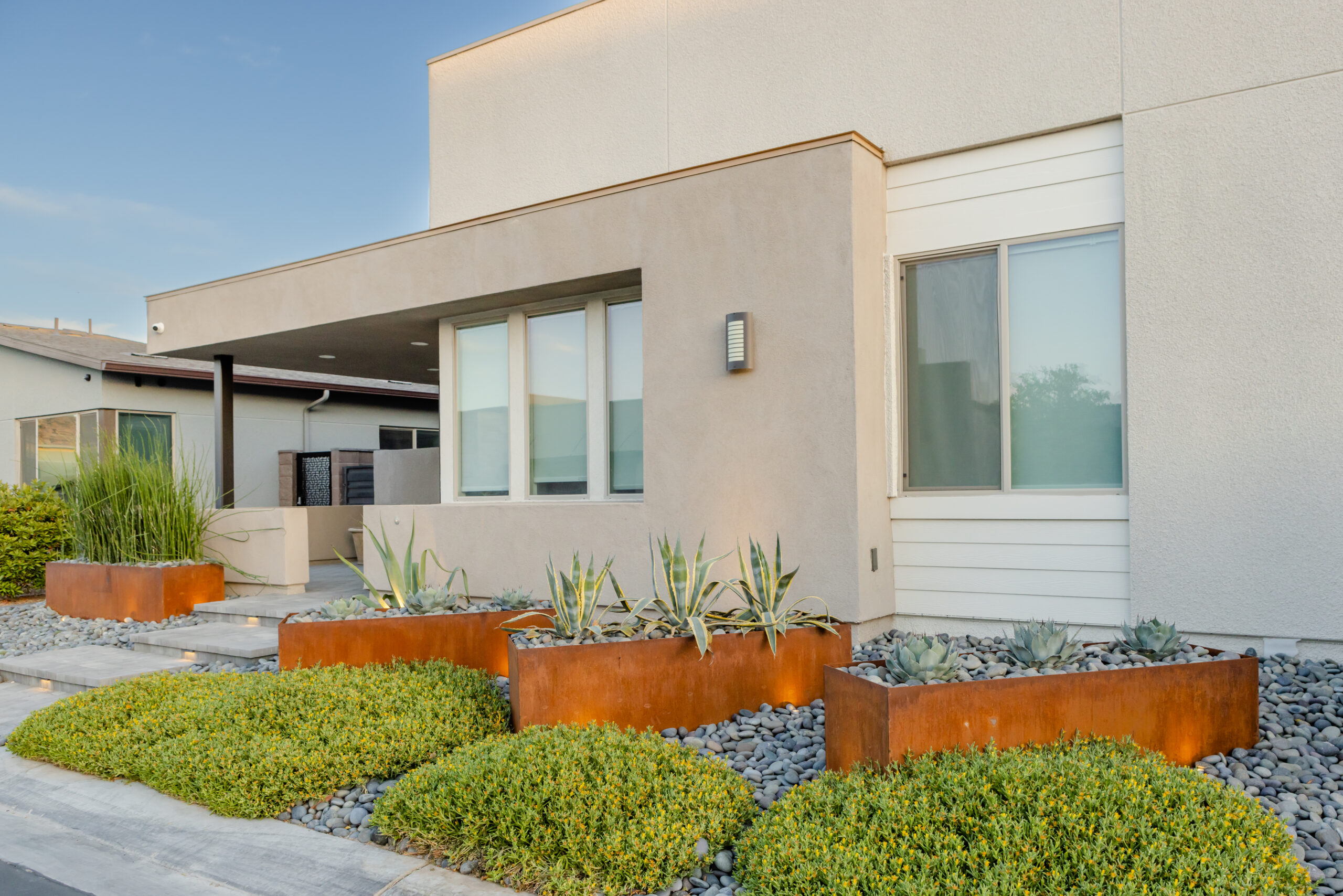As the world continues to embrace the principles of mindfulness and wellness, the design and use of outdoor spaces are evolving to reflect a deeper connection to nature. Garden hardscape, which encompasses the non-plant elements of a landscape such as pathways, patios, walls, and water features, plays a pivotal role in creating serene outdoor environments that foster tranquility and introspection. In 2025, the integration of hardscape elements in garden design is not merely about aesthetics; it is about crafting intentional spaces that promote a Zen atmosphere, allowing individuals to escape the hustle of modern life and reconnect with the present moment.
The concept of Zen emphasizes simplicity, harmony, and a sense of balance, resonating with the increasing demand for peaceful retreats in our busy lives. Garden hardscape can effectively embody these principles by utilizing natural materials, geometric designs, and open layouts that encourage fluid movement and contemplation. As we integrate advanced technologies and sustainable practices into our outdoor spaces, the future of garden hardscape will likely focus on eco-friendly choices that enhance the serenity of the garden while fostering biodiversity and supporting local ecosystems.
In this evolving landscape, various design elements come together to evoke a Zen atmosphere. For instance, the careful placement of stones, paths, and benches allows for mindful navigation through the garden, while water features such as fountains or ponds can introduce the soothing sounds of flowing water, further enhancing a sense of calm. The symbiotic relationship between hardscape and softscape elements, including plantings and natural terrain, creates a harmonious balance that is essential for achieving a tranquil outdoor sanctuary. In 2025, as society continues to prioritize wellness and mental health, understanding how to leverage garden hardscape to foster a Zen atmosphere will become increasingly important for both personal enjoyment and broader community well-being.
Design principles of Zen garden hardscape
The design principles of Zen garden hardscape are deeply rooted in the philosophies of simplicity, balance, and harmony, aimed at creating spaces that evoke peace and contemplation. At their core, Zen gardens, also known as Japanese rock gardens, focus on reducing distractions and enhancing mindfulness, which is essential in a fast-paced world. In 2025, as urban life becomes increasingly hectic, the emphasis on creating serene environments grows ever more significant. Integrating these design principles into garden hardscape can significantly enhance the experience of tranquility and introspection.
Key principles include asymmetry, the use of natural materials, and minimalistic design. Asymmetry encourages an organic flow that reflects nature’s imperfections, making the garden feel more authentic and connected to its surroundings. Natural materials such as stone, gravel, and wood are vital for creating a robust aesthetic that complements the outdoor environment. By utilizing these materials thoughtfully, designers can enhance textures, colors, and the overall feeling of the space, allowing for a deeper engagement with nature.
Another important aspect is the incorporation of negative space, which involves leaving areas intentionally open to promote a sense of calm and contemplation. This approach allows for the visual and mental breathing room that is crucial in cultivating a serene atmosphere. Elements such as large boulders or strategically placed sand patterns can act as focal points, while leading the eye and the mind toward tranquility.
In 2025, as garden hardscape continues to evolve, these design principles hold the potential to foster deeply healing spaces. Incorporating smart technology into the maintenance of these hardscapes can help ensure that they remain undistracted by noise and pollution, giving individuals the peaceful retreat they seek. Ultimately, prioritizing these design principles not only enhances personal well-being but also encourages a collective movement towards mindfulness in shared spaces, underscoring the importance of Zen gardens as sanctuaries for reflection and relaxation.
Materials and textures for calming hardscape elements
Creating a Zen atmosphere through garden hardscape in 2025 involves a thoughtful selection of materials and textures that promote tranquility and a sense of balance. The essence of a Zen garden is found in its simplicity and focus on natural elements, which guides the choice of materials used in hardscaping. Stone, wood, gravel, and bamboo are often favored for their natural appeal and ability to blend seamlessly into the surrounding landscape. Each material can evoke a different feeling; for instance, the cool touch of smooth stones can enhance serenity, while the warmth of wood can create a more inviting environment.
Moreover, the textures of hardscape elements play a critical role in shaping the overall atmosphere of the garden. Uneven surfaces, like those found in natural stone paths, can encourage a more mindful experience, inviting visitors to slow down and engage with their surroundings. Incorporating elements such as decomposed granite or sand creates a tactile dimension, allowing the interaction of sound, light, and shadow to draw individuals deeper into contemplation. These materials not only serve functional purposes but also provide sensory experiences that promote calmness and introspection.
In 2025, the integration of sustainable practices in hardscape design further enhances the Zen qualities of a garden. Utilizing local, sustainable materials reduces the environmental footprint while fostering a sense of connection to the local landscape. Furthermore, incorporating features such as permeable paving helps manage rainwater, contributing to an eco-friendly approach that aligns with the principles of harmony and balance inherent in Zen philosophy. Ultimately, the choice of materials and textures in garden hardscape should prioritize mindfulness and sustainability, creating a peaceful refuge that encourages introspection and connection to nature.
Integrating water features with hardscape for tranquility
Integrating water features with hardscape elements in garden design is essential for creating a serene and tranquil environment. Water is inherently calming, evoking feelings of peace and relaxation, which aligns perfectly with the principles of a Zen garden. Incorporating features like ponds, fountains, or water walls not only introduces a natural soundscape but also adds visual interest and movement to the otherwise static elements of hardscaping. The gentle sound of flowing water can drown out unwanted noise and is often associated with meditation and contemplation, making it a crucial component for achieving a Zen atmosphere.
Furthermore, water features can serve multiple purposes in a garden’s hardscape. They can reflect light, creating dynamic visual patterns as the sun moves throughout the day, and can also support local wildlife, adding to the garden’s ecological harmony. This creates a sense of connection with the natural world, which enhances the meditative quality of the space. In 2025, with increased emphasis on mindfulness and mental well-being, many individuals are seeking environments that promote relaxation and tranquility. The integration of water features as part of the landscape design caters to this need, making gardens not just aesthetic spaces, but sanctuaries for personal reflection and peace.
In addition, designing water features in a thoughtful way can maximize their benefits. The placement of a water element should be strategic, ensuring it is visible from key vantage points and enhancing the surrounding hardscape through complementary materials and textures. For example, a rustic stone fountain can harmonize beautifully with gravel pathways and wooden benches, creating a cohesive design that invites contemplation. In this manner, the combined elements of hardscape and water create a holistic experience that encourages visitors to slow down, reflect, and engage with their surroundings in a mindful way, fostering a deep sense of tranquility that resonates with the Zen philosophy.
Pathway layout and its impact on mindfulness
The design and layout of pathways in a garden can significantly influence the experience of mindfulness and tranquility that visitors encounter. In a Zen-inspired landscape, pathways serve not only as functional elements that guide visitors through the space but also as symbolic routes that promote internal reflection and peace. The careful placement of these pathways can create a slower, more thoughtful pace in which individuals can engage with their surroundings and cultivate an inner sense of calm.
To enhance a Zen atmosphere in garden design, pathways should aim for natural, flowing lines rather than rigid, linear forms. Curved pathways invite exploration, drawing the eye and encouraging wanderers to meander through the garden at a relaxed pace. This design approach allows visitors to fully engage with each element of the garden, from lush greenery to carefully positioned boulders, fostering an immersive experience that nurtures mindfulness. Incorporating varying materials—such as stepping stones, gravel, or wooden planks—can also add tactile diversity and encourage mindfulness as visitors become more aware of their surroundings with each step.
In 2025, the significance of pathway layout in creating a Zen atmosphere will likely be amplified by the increasing emphasis on mental wellness and mindfulness practices. As urban living continues to rise, the need for personal sanctuaries in outdoor spaces becomes more pronounced. A well-designed garden pathway can act as a transition zone from the frenetic pace of daily life to the serenity that nature provides. The ability to walk the paths thoughtfully creates a mindfulness practice in itself, where each movement serves as a reminder to be present in the moment.
Moreover, pathways can be lined with aromatic plants or vibrant flowers that invoke the senses, enhancing both the visual appeal and the overall experience of mindfulness. As the garden evolves, the materials used for pathways can also reflect sustainability trends, contributing to harmony within the environment while serving a dual purpose. In essence, a thoughtfully laid pathway not only guides the walker’s feet but also nurtures the heart and mind, promoting a profound connection to the serenity of the surrounding landscape in this modern era.
Sustainable hardscape practices for a harmonious environment
Sustainable hardscape practices are crucial in creating a harmonious environment, particularly in the context of a Zen garden. In 2025, as awareness of environmental issues heightens, the integration of sustainability into garden design is imperative. Sustainable hardscaping involves using eco-friendly materials, minimizing waste, and employing design strategies that enhance the natural ecosystem. For instance, permeable paving solutions not only allow rainwater to infiltrate the ground, reducing runoff and erosion, but they also support plants and wildlife, creating a more balanced microhabitat.
Using local materials reduces transportation costs and carbon footprints while ensuring that the hardscape complements the surrounding landscape. When planning a Zen garden, it is beneficial to incorporate stones, gravel, or pavers that are sourced locally, as they create a sense of belonging and continuity with the environment. Additionally, recycled materials, such as reclaimed wood or repurposed stone, can add character and interest while promoting sustainable practices. These elements serve to foster a deeper connection with nature, aligning with Zen principles that emphasize harmony and simplicity.
In designing with sustainability in mind, functional aspects should not be overlooked. Strategies such as utilizing drought-resistant plants in surrounding softscapes can reduce water usage, while raised beds made from sustainable materials can enhance usability without compromising the aesthetic. Furthermore, integrating features that support biodiversity, such as small shelters for beneficial insects or birds, adds an additional layer of serenity to the environment. Ultimately, sustainable hardscape practices foster tranquility and mindfulness, essential elements of a Zen atmosphere, creating spaces that not only look good but also contribute positively to the wider ecological context. This thoughtful approach is increasingly relevant in 2025, as communities seek to harmonize built environments with nature, cultivating spaces for reflection and peace amidst urbanization.





